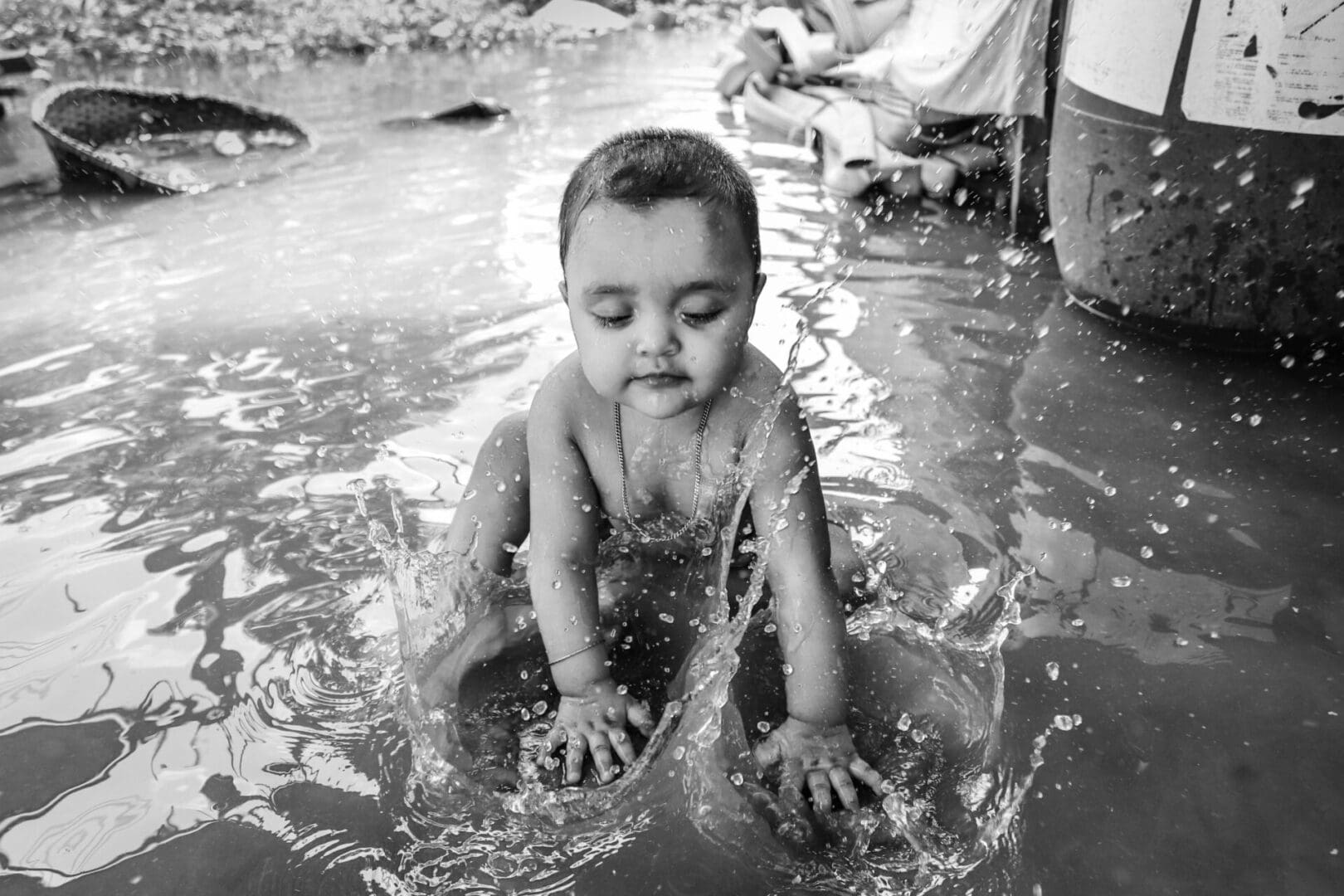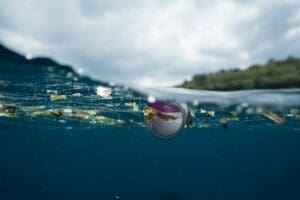#2 of 4 Understanding the Water Damage Restoration Process
Understanding the Water Remediation Process
Continuing from where we left off, let's delve into the next sections of our comprehensive guide on Understanding Water Remediation and the complete process of Water Damage Restoration.

Types of Water Damage
Understanding the different types of water damage is crucial in determining the appropriate response and restoration process.
Water damage is categorized based on the source and level of contamination, directly impacting the remediation strategy.
Classifying Water Damage
- Water damage is classified into three categories: Your category of water vary by degree of migration and length of time exposed to the elements.
Category 1:
- Involves clean water that poses no immediate health risk. Category 2, or grey water, contains significant chemical or biological contamination.
- Category 3, known as black water, is highly contaminated, posing serious health risks and requiring immediate action.
Category 3: The Worst Kind
- Category 3 water damage, or black water damage, involves water that is grossly contaminated with pathogens or toxic substances.
- Examples include sewage backups, floodwaters from rivers or streams, and water from beyond the toilet trap. Immediate and specialized remediation is critical to address Category 3 water damage due to its significant health hazards.

The Science of Water Damage
Water damage impacts more than just the surface level of your home; it can affect the structure, air quality, and even the health of occupants.
Understanding the science behind water damage can help in addressing it effectively.
- How Water Damage Affects Your Home
Water damage can compromise the structural integrity of a building, leading to weakened foundations, rotted wood, and deteriorating drywall.
Moisture provides a breeding ground for mold and mildew, which can spread rapidly and cause health issues.

The Hidden Dangers of Contaminated Water
Contaminated water poses risks beyond the immediate water damage. Pathogens and toxins can create health hazards, while stagnant water can attract pests.
Addressing these dangers requires a comprehensive approach to water remediation that includes cleaning, sanitizing, and ensuring the area is dry and safe.
Signs of Water Damage
Early detection of water damage can significantly reduce the extent of damage and restoration costs. Knowing what signs to look for can help in identifying water damage before it escalates.
-
Early Detection Tips
Look for changes in flooring, walls, or ceilings, such as warping, staining, or a musty odor, which are indicators of water damage.
- Peeling paint, bubbling wallpaper, and the presence of mold or mildew are also signs that water damage may be present.
-
Preventing Further Damage
Upon detecting signs of water damage, it's important to act quickly to prevent further damage.
- This includes stopping the source of water, removing standing water, and starting the drying process. Engaging professionals early in the process can also help in mitigating the damage.
The Water Damage Restoration Process
The water damage restoration process is comprehensive, involving several steps to ensure your home is restored to its pre-damage condition.
-
Initial Assessment and Inspection
The first step in the restoration process is an assessment and inspection to determine the extent of the damage, the type of water involved, and the areas affected. This assessment forms the basis of the restoration plan.
-
Water Removal Techniques
Water removal begins with the use of pumps and vacuums to extract standing water. Specialized equipment is used to address water that has penetrated carpets, flooring, and walls, ensuring thorough removal to prevent mold and secondary water damage.






